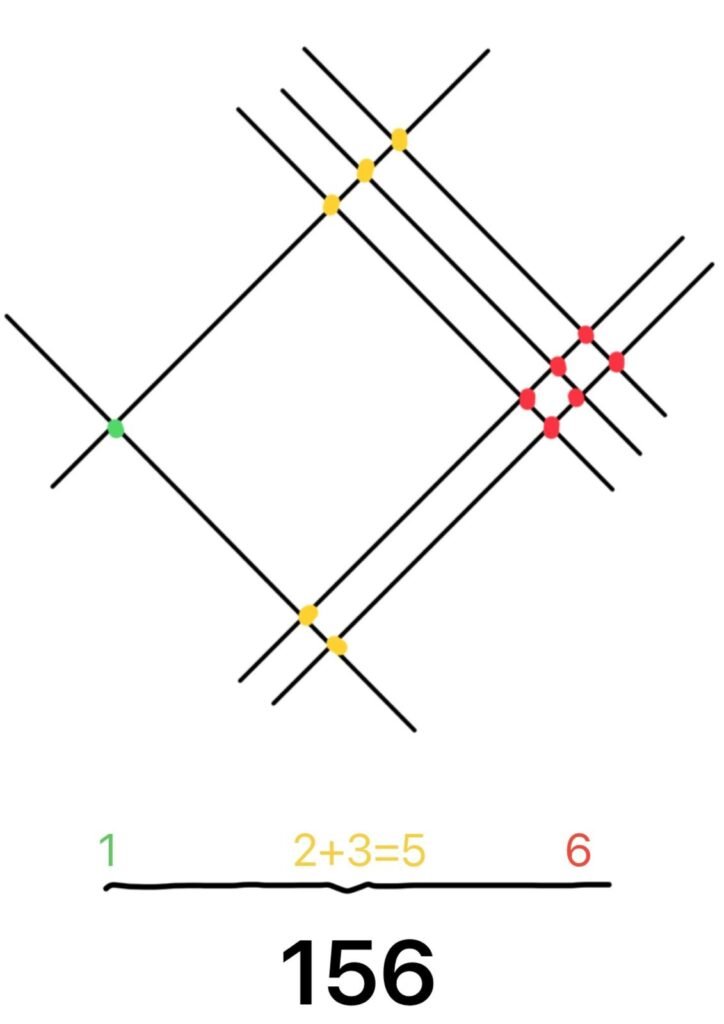Mathematics in Japan: From Ancient Wasan to Modern Innovations

Japan’s relationship with mathematics is as intricate as its culture, weaving together logic, aesthetics, and practicality. While modern Japan is known for its technological advancements, its mathematical roots lie in a distinct system developed during its isolationist Edo period. This article delves into how Japan nurtured a unique mathematical identity and adapted to global influences, offering lessons in resilience and creativity.
Why It Matters: Understanding Japan’s mathematical history offers insights into how cultural values influence science, showcasing the intersection of tradition and progress.
- The Birth of Wasan: Japan’s Unique Approach to Mathematics
- Visual Mathematics: Japan’s Line and Point Multiplication Method
- Seki Takakazu: The Father of Japanese Mathematics
- Soroban: The Japanese Abacus and Its Cultural Significance
- The Meiji Era: Integrating Western Mathematics
- Modern Contributions: Japan’s Role in Contemporary Mathematics
- Japanese Mathematics in Everyday Life: Cultural Applications
- FAQs: Understanding Japanese Mathematics
- Conclusion: Bridging Tradition and Modernity in Japanese Mathematics
The Birth of Wasan: Japan’s Unique Approach to Mathematics
Influences from China and the Edo Period Development
Japan’s wasan emerged as an independent school of thought after centuries of absorbing Chinese mathematical texts. During the Edo period, a time of national seclusion, wasan flourished in an environment free from Western influences. Scholars focused on problems of geometry, astronomy, and practical calculations relevant to agriculture and construction.
Did You Know?
- Wasan books often included decorative illustrations, making them visually appealing as well as informative.
- The Tokugawa shogunate encouraged mathematical education, believing it cultivated discipline and order.
Sangaku: The Art of Geometric Dedication
These mathematical tablets were not mere puzzles but reflections of the harmony between intellectual achievement and spirituality. Common problems involved intricate geometric relationships, such as tangencies between circles and polygons.
Pro Tip: If you’re traveling in Japan, visit temples like Aizu Matsudaira Byakko Shrine or the Yushima Tenmangu Shrine in Tokyo to see surviving sangaku.
Visual Mathematics: Japan’s Line and Point Multiplication Method
Japan’s cultural appreciation for visual and practical learning shines through its unique approach to multiplication using lines and points. This method, often taught to children and celebrated for its simplicity, demonstrates how mathematics can be both intuitive and artistic.
How Does It Work?
- Represent Each Digit with Lines: Draw parallel lines for each digit of the numbers being multiplied.
- Mark Points of Intersection: Count where lines intersect; each group represents partial products.
- Group and Add: Sum the intersections to form the final result.

Example: Multiplying 12 × 13:
- Draw lines for "12" horizontally and "13" vertically.
- Count intersections:
- Top-left: 1 (1 × 1)
- Cross products: 3 + 2 (1 × 3 and 2 × 1)
- Bottom-right: 6 (2 × 3)
- Combine: 156.
Seki Takakazu: The Father of Japanese Mathematics
One cannot discuss Japanese mathematics without mentioning Seki Takakazu (1642–1708). Often referred to as the "Newton of Japan," Seki developed methods that rivaled Western mathematical advancements, including early calculus concepts and determinant theory.
Fun Fact: Despite his brilliance, Seki worked without collaboration from Western mathematicians, underscoring the ingenuity of wasan.
Soroban: The Japanese Abacus and Its Cultural Significance
The soroban, Japan’s adaptation of the abacus, is more than a tool; it is a symbol of Japanese precision and efficiency.
Why It’s Still Taught:
- Mental Arithmetic: Helps students excel in math by enhancing calculation speed.
- Cultural Heritage: Soroban competitions celebrate this ancient tool.
The Meiji Era: Integrating Western Mathematics
The Meiji Restoration (1868-1912) marked a period of rapid modernization in Japan, including the adoption of Western scientific methods.
Key Figures of the Meiji Era:
- Fukushima Shiro: Advocated for integrating calculus into Japanese education.
- Nakamura Yoshio: Translated key Western mathematical texts.
Modern Contributions: Japan’s Role in Contemporary Mathematics
Japan is recognized for contributions to fields like algebraic geometry, combinatorics, and mathematical physics.
Famous Mathematicians:
- Heisuke Hironaka: Fields Medalist for work in algebraic geometry.
- Shigefumi Mori: Recognized for the minimal model program.
Japanese Mathematics in Everyday Life: Cultural Applications
- Origami and Mathematics: Principles of folding inspire engineering and design.
- Architecture: Geometric precision is evident in traditional and modern structures.
- Gaming and Strategy: Mathematical thinking underpins games like Go.
FAQs: Understanding Japanese Mathematics
Conclusion: Bridging Tradition and Modernity in Japanese Mathematics
The story of Japanese mathematics, from the artistic elegance of wasan to its global influence today, showcases the enduring power of cultural innovation. Whether solving puzzles on sangaku tablets, teaching arithmetic with a soroban, or advancing modern mathematical theories, Japan continues to inspire.
Try the line multiplication method or visit Japan’s mathematical landmarks to experience this heritage firsthand!
If you want to discover other articles similar to Mathematics in Japan: From Ancient Wasan to Modern Innovations, you can visit the Science & Technology category.
Leave a Reply